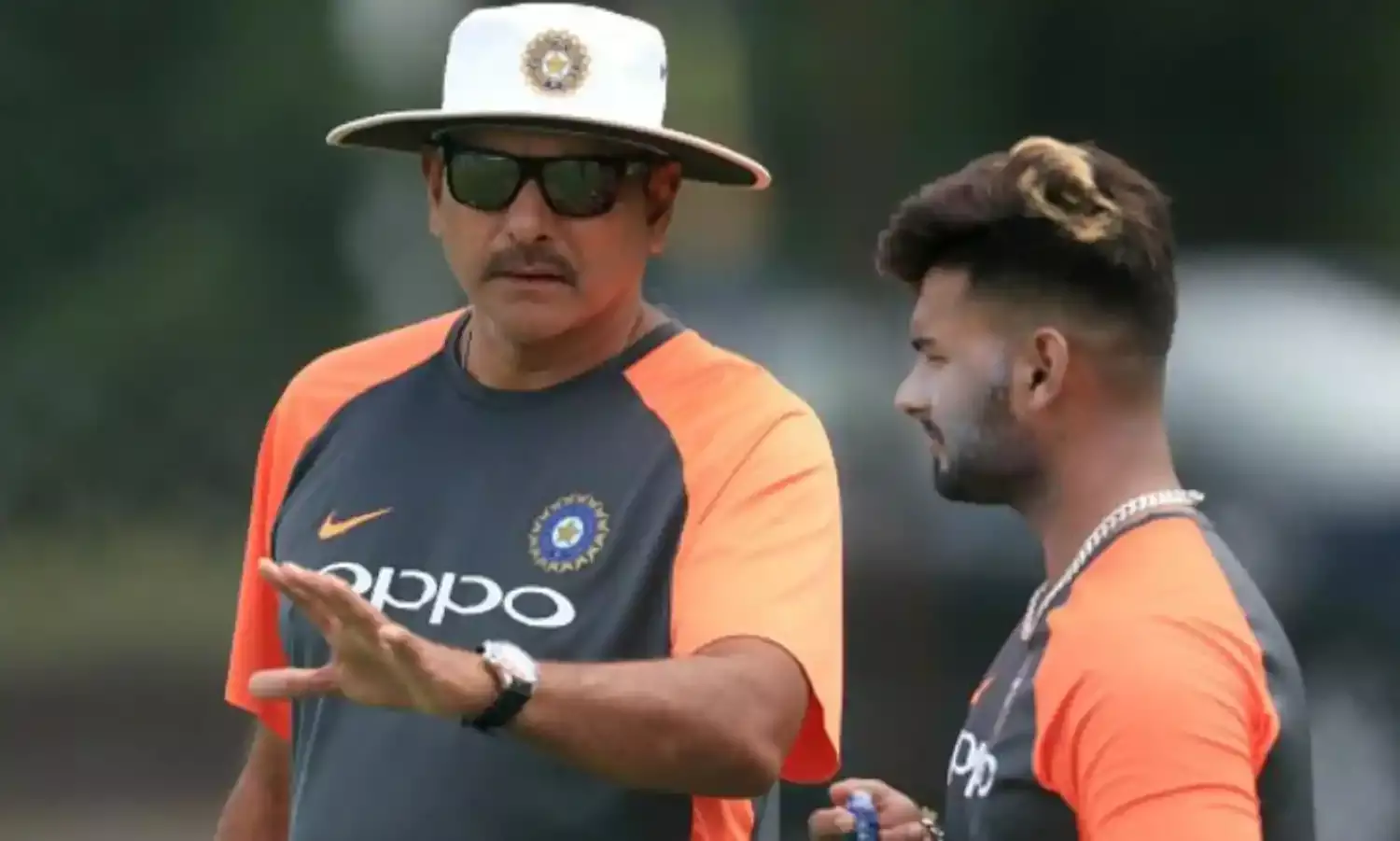Rishabh Pant and the Curious Case of Indian White Ball Cricket
With Pant, India always knew what they were going to get
Rishabh Pant’s white-ball form, or the manner in which he was dismissed in the T20 series against South Africa, became a topic of conversation in the cricket fraternity around the globe. Opinions were split, even among players who have served Indian cricket for decades. It was said that the special talent ushering India into the post-Dhoni era seemed to have slumped into a quiet place from a distance.
Maybe continuous scrutiny or comparison with MS Dhoni has affected Pant’s footwork.
Just for a moment here, if we rewind the clock to the conclusion of the third T20I, Indian skipper Virat Kohli said, “We are looking at (Pant) as the future. He has got a lot of skill and a lot of talent. It is about giving him some space and not putting too much pressure.”
Exactly a month later, head coach Ravi Shastri publicly criticised the 21-year-old, saying that there’ll be a “rap on the knuckles” should he continue to “let the team down” with his shot selection.
So, what went wrong for the youngster in space of 30 days, without the team playing any T20Is in the interim? Was it a combined effort piled up to the brim that Shastri voiced out loud?
Perhaps the weight of expectations on Pant’s shoulders triggers an inexplicable urge within himself to go for glory, a tacit assumption that it always has to be him who must tame the opposition bowlers.
But with Pant, India always knew what they were going to get. He has always backed his ability to hit every third ball out of the park, even if at the top level he hasn’t quite been able to repeat his Under 19 and IPL heroics.
Statistically, of Pant’s 13 dismissals in the 2019 IPL, where the young sensation averaged a little over 38, he was caught in front of the wicket on 10 occasions. Afterwards Pant featured in eight international games and was scalped in similar style in six of them.
It looks inescapable, giving rise to the popular diagnosis of ‘rash shot selection’. And it’s fair to say that Pant hasn’t been able to put his best foot forward for the Indian selectors to continue to believe in his skills.
But the team management needs to realise that they must take the lion’s share of the blame for Pant’s shortcomings in limited-overs cricket. Expecting him to emulate Dhoni, who produces a sense of calm and authority out on the wicket, will make Pant act different from the player he is.
So, has this Pant (the New Dhoni) come out of the blue? To an extent, yes. Is it surprising? Absolutely not.
Kohli backed Ambati Rayudu in 2018 after the series against the West Indies, saying loudly that Rayudu would be India’s number four for the 2019 World Cup. What turned out was an absolute turnaround, with the management selecting Mayank Agarwal and Pant ahead of him, forcing an individual to announce his retirement, even if it was for just a couple of months.
Adding to the case, Kohli termed Kuldeep Yadav and Yuzvendra Chahal among the most flexible cricketers, who could serve Indian cricket for long. Nevertheless, the management went on to try fresh faces for the recently concluded series.
The pattern speaks of the management’s two-facedness, publicly questioning Kohli’s say in team selection and making him reconsider every statement. If Rishabh Pant should become the next victim, he will not be the first, nor depressingly the last. Cricket in India has certainly become “the survival of the fittest.”





